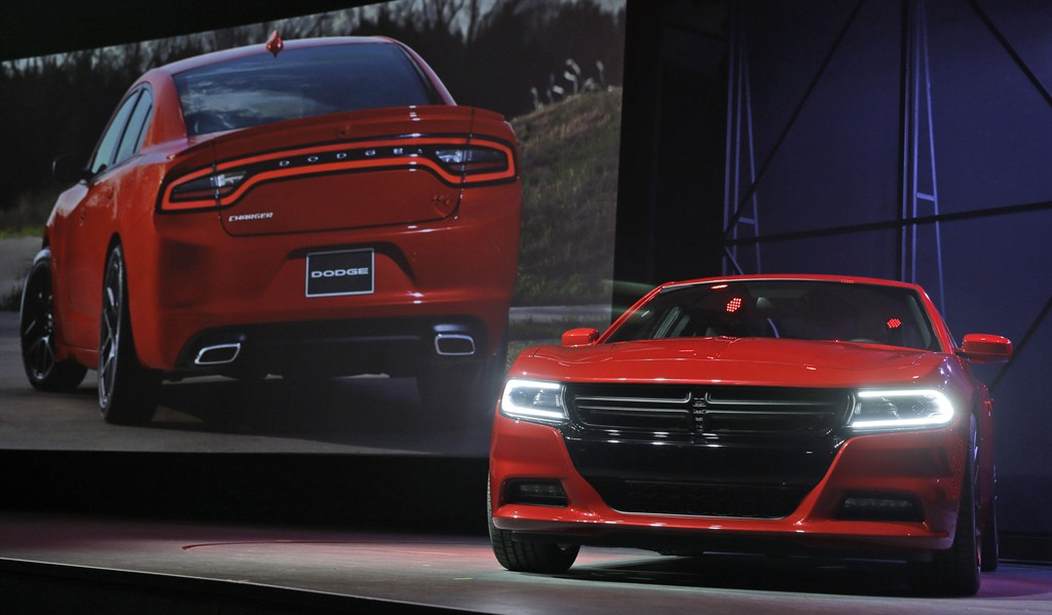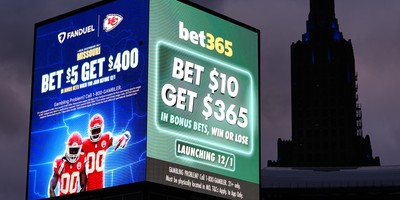At the Los Angeles Auto Show this November, Dodge shocked the auto world when it announced the end of one of its iconic Dodge Challenger SRT Hellcat.
The V8-powered, 717-horsepower beast is revered by performance enthusiasts and has vaulted Dodge to the #2 best-selling sportscar behind the mighty Ford Mustang. Dodge’s huge fan base vented their disapproval on Internet forums. But, buyer be damned, Hellcat doesn’t fit into bureaucrats’ vision of what Americans should be driving. Hellcat’s emissions footprint isn’t sustainable under federal rules.
Dodge will introduce an electric muscle car early next year as the US government imposes the most draconian auto regulations since the infamous Corporate Average Fuel Economy (CAFE) rules of 1974.
Welcome to a re-run of “That ‘70’s Show.”
Reprising national tumult 50 years ago, headlines are littered with news of inflation, radical protests, and Vietnam-like pictures of a disastrous pullout from Afghanistan. Add regulatory deja vu as Washington tries to remake individual transportation.
This go ‘round, however, the rules are part of a larger Democratic Party agenda meant to transform the US economy - backed by auto industry fears of crippling, tobacco industry-like climate lawsuits. In the 1970s arbitrary CAFE standards were imposed in the name of reducing dependence on foreign oil. The rules destabilized the American auto industry while doing little to change the oil market landscape.
Automakers today face uncertainty as governments force electric vehicles in the name of fighting global warming.
As with CAFE, EV mandates force the manufacture of vehicles consumers don’t want. Companies are scrambling to form EV partnerships to pool costs, while also maintaining parallel product lines of popular, gas-powered vehicles. Industry insiders worry for financial and job dislocation.
Recommended
"What has been decided is to impose on the automotive industry electrification that brings 50% additional costs against a conventional vehicle," Stellantis CEO Carlos Tavares told Reuters this month. Stellantis brands include Dodge, Ram, Fiat, Chrysler, Jeep, and Alfa Romeo. "There is no way we can transfer 50% of additional costs to the final consumer because most parts of the middle class will not be able to pay."
Ironically, the ‘70s goal of energy independence was achieved, though not by government regulation. The shale revolution unlocked enormous oil reserves, lowering prices and positioning the US as one of the world’s leading oil producers.
Government scolds and their media chorus have move on from the energy independence mantra to a goal of eliminating fossil fuels altogether. The science that SUVs are changing the weather is no more credible than claims of peak oil, but regulators are in the driver’s seat.
If the Hellcat is this decade’s poster child of government excess, then the 1974 Ford Mustang II was its ‘70s predecessor.
Developed by master marketer Lee Iacocca to conform to that decade’s moral imperative to reduce oil consumption, the Mustang downsized. By the end of the decade it had become a symbol of industry malaise.
“Perhaps the car most emblematic of the Malaise Era was the Ford Mustang II of 1974–78,” wrote Hagerty’s Bob Sass. “Pinto-based and with no V-8 option upon introduction, the II never had a prayer of being accepted into the Mustang fraternity.”
Other popular cars were discontinued as the cultural tide turned – muscle cars, stations wagons - Washington imposed a national 55 mph speed limit, and Chrysler began its slow slide into bankruptcy by decade’s end.
“The older cars were better than the new ones in the 1970s,” remembers veteran auto analyst Karl Brauer of ISeeCars. “There were big changes, big government mandates.”
Once under the hood, government edicts became difficult to remove. Similar to today’s media climate change narrative, news reports parroted federal safety propaganda to “drive 55.” Automakers were forced to produce unprofitable small vehicles to meet mpg mandates.
In the 2020s automakers must build EVs lest they suffer fines from increasingly strict emissions standards.
More concerning are fears of climate lawsuits targeting automakers to cover the costs of hurricanes, tornadoes, and other natural disasters - just as the tobacco industry was sued by state attorneys general to cover Medicaid health costs.
“You look at the concerns in society. Wall Street guys are asking questions: ‘What are you guys doing about CO2? You don’t get it: you’re tobacco. We consider that to be a true business risk,’” Honda’s vice president of environmental vehicles, Steve Center, told Autoline. “So we're working very hard to be — not part of the problem — but to be part of the solution."
Corporations now echo the rhetoric of global warmongers like Senator Bernie Sanders. “At Stellantis, we are committed to contributing to a decarbonized economy by engaging our talents and assets on our road to carbon neutrality,” reads the company’s website.
Hyundai shies from promoting individual transportation, instead describing itself as a Smart Mobility Solution Provider. “Government is making greater demands on us, and we embrace the challenge,” Hyundai Vice President for Product Planning and Mobility Strategy Olabisi Boyle told the media at the December launch of its Hyundai Ioniq 5 EV. “The industry and world are at an inflection point to fight climate change. Electrification is the only way to achieve this.”
GM says it will make no gas-powered cars after 2035. Honda plans to electrify most of its lineup by 2030.
The investment isn’t cheap. Automakers like Ford are spending $40 billion on electrification – but those costs pale in comparison to potential liability. The National Oceanic and Atmospheric Association “estimates the price of damages from climate disasters in the U.S. from 1980 to 2020” at $1.9 trillion. Talk about the mother all lawsuits.
“We sell fashion,” a GM insider tells me and the EV trend surely has short-term gains. GM stock is up while EV-maker Tesla’s value flirts with $1 trillion and EV truck startup Rivian’s market cap hovers at $100 billion.
Longer term, the government is dictating what powertrains automakers must build. Thus far, consumers have shrugged at EVs which make up less than 3% of market share. Half those sales are in green California – 80% of them Tesla models. Despite the lack of demand, automakers are flooding the market with some 50 EV models by 2025 while pleading with the government for public subsidies to sell them.
The regulatory squeeze is on.

























Join the conversation as a VIP Member